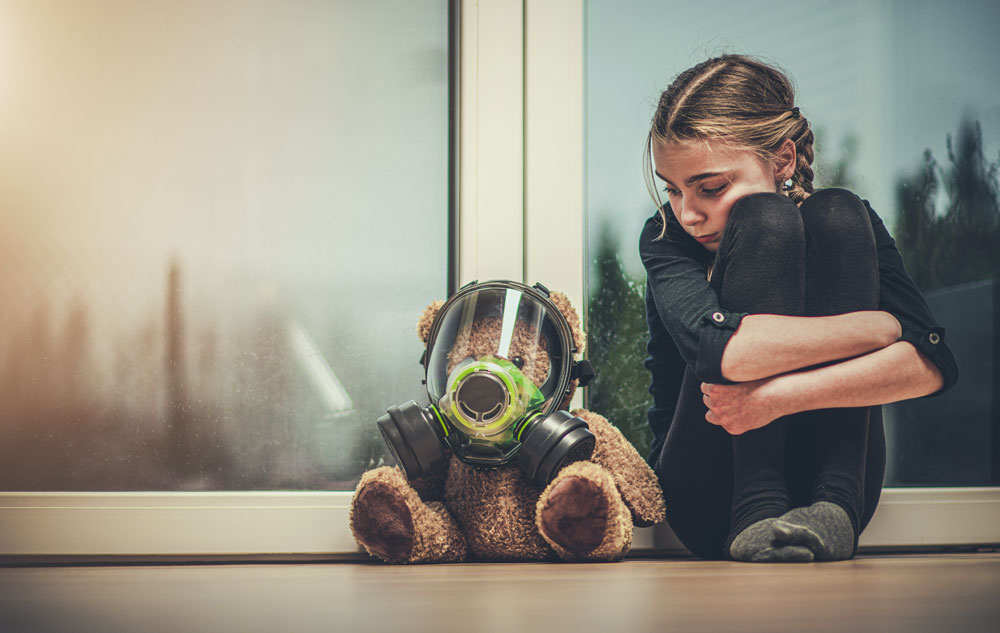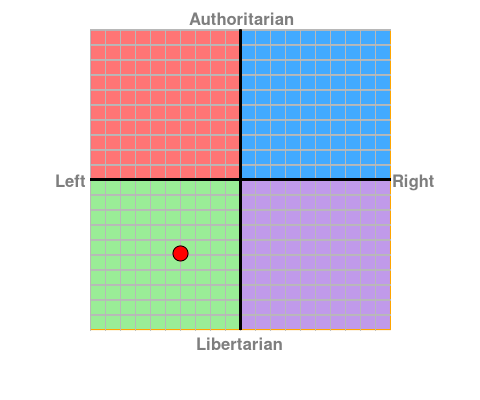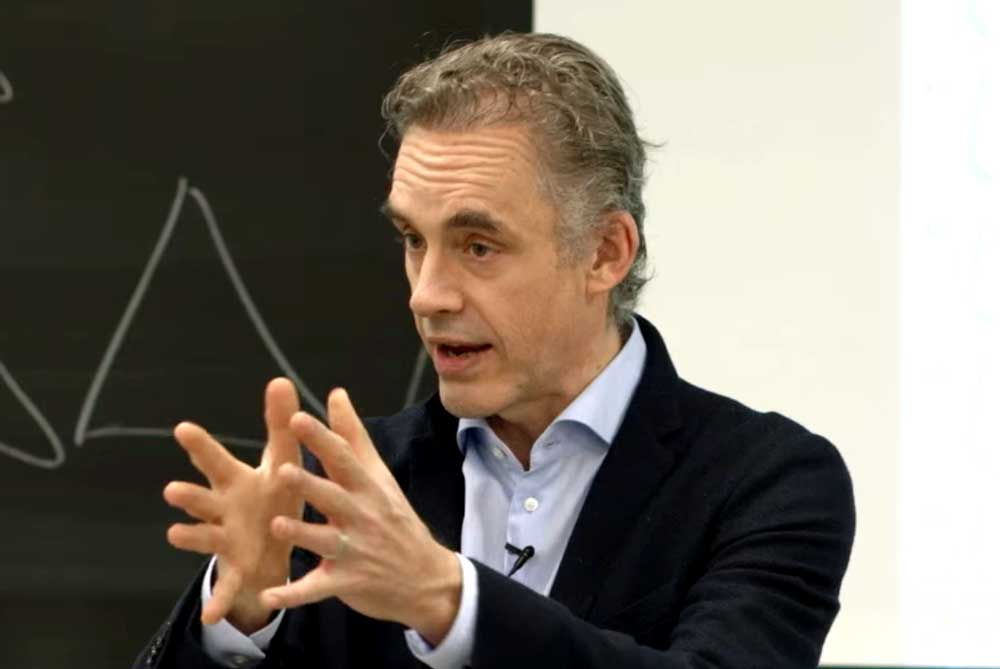Flag shagger
Wednesday, December 17th, 2025 | Photos, Religion & Politics



After seven years in the Ecuadorian embassy and five years in prison, Julian Assange is free.
WikiLeaks has made one a huge contribution to the world exposing corruption, human rights violations, war crimes committed by governments across the world. Governments come after you when you do stuff like that. Ask Assange. Or Chelsea Manning, Edward Snowden or David McBride. It takes much more backbone that I have to stand up against a government.
There were no unclear weapons in Iraq. There was no £350 million a week Brexit bonus for the NHS. There weren’t any doctors to staff the Nightingale hospitals and Seaborne Freight didn’t have any ferries. We’re so used to the lies and corruption at the highest levels we become completely blase about it, or protect ourselves by retrospectively saying that we never really believed any of it in the first place.
Thankfully, there are some people willing to stand up for the truth. Julian Assange is one of them.
Last week, Vaughan Gething became the First Minister for Wales. This made him the first black leader of any European country. But also marks another diversity milestone: all four of the top jobs in the UK (prime minister and three first minsters) are held by women or persons of colour.
For international context, Rishi Sunak is currently prime minster while Humza Yousaf is first minister of Scotland and Michelle O’Neill is first minister of Northern Ireland.

The COVID-19 pandemic is one of the major challenges of our time. Many of us would advocate for evidence-based policy: we should let science guide us on the best course of action. Unfortunately, a complete lack of evidence for our current approach means the way forward is unclear.
At first glance, it seems self-evident that implementing a lockdown will reduce deaths. If we all stay at home, it will reduce the transmission of the disease. In theory, this should allow us to spread the disease out over a longer period, and thus avoiding the healthcare system becoming overwhelmed.
Unfortunately, the evidence does not support this view. A Cochrane Review from 2011 concluded “there was limited evidence that social distancing was effective, especially if related to the risk of exposure.”
At the moment, we don’t even understand how dangerous COVID-19 is. As Dr John Lee notes in his article in The Specator, the lack of testing means the mortality stats are meaningless. We’re comparing deaths to confirmed cases, but the untested cases are anywhere from three times as many to three hundred times as many if a recent study by Oxford University is to be believed.
This is confounded by COVID-19 being a “notifiable disease”, meaning that a death could be reported as COVID-19 when a patient actually died of something else. This seems highly plausible given the average age of COVID-19 deaths is 79.5.
As Professor John Ioannidis points out, due to the lack of evidence, the policies we implement could hinder rather than help.
School closures, for example, may reduce transmission rates. But they may also backfire if children socialize anyhow, if school closure leads children to spend more time with susceptible elderly family members, if children at home disrupt their parents ability to work, and more. School closures may also diminish the chances of developing herd immunity in an age group that is spared serious disease.
Even if we somehow did concede there was some evidence for social distancing, we do not need to confound this idea with a lockdown. You can implement social distancing: such as getting people to work from home and banning large gatherings, without implementing a lockdown in which nobody is allowed to leave their house.
Further, even if social distancing did turn out to reduce infection rates overall, we need to look specifically at how it affects the elderly and vulnerable. It could be that young healthy professionals can lock themselves away and avoid infection, but those who require carers coming in and out of their home, or those who need regular medical appointments, cannot. Another example of how social distancing can harm, rather than hinder because the natural immunity we would otherwise develop from the age-groups at the least risk is never built up.
Ultimately, then, the evidence for social distancing is not substantiated. It could be that the models from Imperial College London are correct. But they may also be utterly incorrect. And that is serious as I will explain below.
A lockdown is a serious thing in itself. It violates both Article 3 and Article 13 of the UN Declaration of Human Rights. If you are a Brexit-voter who supported leave because you were tired of human rights, you might like the sound of that. But most of my friends are fellow lefties who quite like human rights.
You could argue that is worth it temporarily to protect public health. And maybe it is. But we need to take all of the consequences into account.
These vary from the (arguably) mild: people have had their lives put on hold. They are not allowed to do the things they enjoy, like seeing the people we love. And doing the things we love: whether that is music festivals, triathlons, pub quiz nights or basically any hobby that doesn’t involve sitting on your sofa.
And continue up to the very serious:
These are really, really bad.
People who have flouted the social distancing rules have rightly been called callous towards more vulnerable members of society. But we need to be careful not to fall into the same trap. To dismiss the social costs because our mental health is not suffering, because we have not lost our job, or because we don’t have children who spend years working exams they are now not allowed to take, nor even say goodbye to their lifelong school friends, is a privilege many other people in society do not enjoy.
As Lee puts it, “the moral debate is not lives vs money. It is lives vs lives. It will take months, perhaps years, if ever, before we can assess the wider implications of what we are doing.”
Some young people have died from COVID-19 and that quite rightly tugs the heartstrings. But emotion is very different from evidence. And the evidence from Oxford University shows that the average age of those dying is 79.5.
Life expectancy in the UK is 81. That’s a loss of a year and a half, which is a serious and significant difference. I would be heartbroken if I lost my grandmother 18 months prematurely.
But we have to weigh that against the real and serious damage we are doing to everyone in society. Imperial’s modelling, which has formed much of the basis of the current strategy, predicts that social distancing and lockdowns will have to continue intermittently but indefinitely while we wait for a vaccine. Said vaccine will take at least 18 months to develop, even if everything goes smoothly, and that is before we even start the even bigger hurdle of global immunisation.
If we truly are looking at a 2+ year timescale, the cure would seem worse than the disease. With the average life expectancy of a COVID-19 victim only being 18 months, the majority are likely to die of natural causes in the meantime, doomed to be cremated at a funeral that nobody is allowed to attend.
Worse still, it may be that, as many commentators have predicted, social distancing and lockdowns are not sustainable for such a long period of time. As a result, the pandemic will continue to flare up and kill just as many people, and all our suffering will have been in vain.
If the pandemic magically goes away in the next 12 weeks, then you can make a solid case for the lockdown. And let’s pray that it will. But if not, and we have to keep the suppression methods in place until the vaccine arrives, or they simply fail, we will have wasted more of everyone’s lives than we saved for the 0.25-1% of people who, already at the end of their life, had it cut slightly shorter.
Ultimately, we do not know what the correct answer is. A lack of testing and a lack of data means the conclusion is unclear. And yet, based on that, we are implementing a policy with dire consequences for education, mental health and quality of life.
Editing notes: reflecting back, I’m not sure 81 is a fair assessment of life expectancy. Although it is the average life expectancy in the UK, once you reach 79.5, you are likely to live longer than 81. How we adjust for this is unclear, though. The ONS suggests that a 79-year-old will live another eight years. But this is for a typical person, and we know that most people survive the virus but that rates of mortality are particularly high for people with underlying health conditions. Therefore, in order to adjust, we would need to know the life expectancy of a 79-year-old with underlying health conditions. Unfortunately, that is data we do not have.

If you have done some triathlon, you may have noticed that it is dominated by white people. There is very little representation for minorities. One reason could be the cost. Triathlon is expensive. I am not talking about the super-aero bike, or fancy wetsuit, or all the other gear you need. You can get by without most of that. But just entering races is expensive.
In this article, I will break down just how expensive it is, based on my 2019 season.
The biggest cost is registering for races. I did 15 races this year.
| Race | Fee |
|---|---|
| Skipton | £38 |
| Driffield | £54 |
| Tadcaster | £45 |
| Leeds | £95 |
| Yorkshireman | £285 |
| Allerthorpe sprint | £54 |
| Castle Howard | £99 |
| Redcar | £42 |
| Allerthorpe Classic | £64 |
| Coalville | £46 |
| Sundowner sprint | £54 |
| Evolve sprint | £40 |
| Nidderdale | £47 |
| Ironman Weymouth | £281 |
| Evolve mixed relay | £20 |
That makes for an eye-watering total cost of £1,263. Bear in mind that my registration fees are slightly lower than some other people’s because I have already paid for a British Triathlon race licence, that typically saves me £5 on each race. That cost me £40 but has since increased in price.
It is also worth noting that almost half of my fees came from two races: my full distance race and the IRONMAN 70.3. So, if you wanted to stick to short format racing, you could 10 races a year for £500. This is still a lot of money, though, and requires you to avoid big-brand events like World Triathlon Leeds and the Castle Triathlon Series.
On the whole, yes. Some people have argued that £50 is too much of a race. But if you think of the logistics of triathlon: water safety crew, swim caps, a secure transition to avoid bike theft, timing chips, aid stations, bike mechanics and (often, but not always) free photos, there are a lot of costs.
Once you move up to full distance, there are even more considerations. You have to have changing tents, overnight security so people can rack the day before, marshalls on the course for 17 hours, a tonne of nutrition, 180km of road to cover, massages and food after the race, toilets everywhere just to mention a few.
That said, some fees are suspicious. Why does the Castle Howard triathlon cost twice as much as other standard distances races? Why does IRONMAN 70.3 Weymouth cost twice as much as other middle distance races?
As well as race registration fees, there are some other hidden costs that I think often get forgotten about.
Transport. Most triathlons take place in rural locations where the roads are quiet. This means you have to drive to them. It is difficult to car share because you need to fit the bikes in the car. So, you need to be able to run and fuel a car.
Parking. About half the races I did had free car parking. The others charged extra and while it was typically a small amount, that is another £30 to add on over the course of a year.
Nutrition. This is not a big issue in short format racing. But starts to add up when you are doing long format (or running a marathon). For my full distance race, I took 18 gels and 4 energy bars. At around £2 a pop, that is £44 worth of nutrition in a single race. For Weymouth, I took 8 gels and 1 energy bar, so a much more reasonable £18.
But then there are the drinks, too. I take two 750ml bottles filled with a carb drink. I often discard these bottles at the aid station bottle drops, which means an additional £15 per race. Plus, you need to do long training runs and rides. Which means you need to pay for nutrition for these, too. I did two 100-mile rides and an 80-mile ride as prep for my full distance, and those could well have been £30 per ride in nutrition.
Twelve hundred pounds on registration fees, plus several hundred of nutrition, is an incredibly large amount of money. People can spend a lot on their hobbies, and that is arguably justified if it brings them a lot of pleasure. But that is not even including all the equipment and fancy bike stuff I buy.
Of course, few triathletes race as much as I do. And many stick to short format racing. But I know there are people who do not race as much as they would like to because they cannot afford to. I do not think this is because event organisers are ripping people off (maybe some are). But it is no surprise that the sport is full of rich white people.
Left libertarian. Just like I was in 2013 and 2016. You can take the test for yourself on the Political Compass website.


Earlier this month, Ramadan ended and was celebrated by Eid al-Fitr. The problem is that a lot of the Islamic community couldn’t agree when exactly that happened. It is a common problem and illustrates some of the interesting quirks of religion.
We’re used to religions splitting apart over hairs, of course. Is transubstantiation literal or metaphorical? Can King Henry have a divorce? Did Jesus visit America and tell men to take multiple wives?
But this article by BBC News illustrates the issues with Eid, where different parts of the Scottish Muslim community celebrated on different days.
Ramadan follows the lunar calendar, with a month of fasting that ends when the new moon arrives. You may think that science could easily answer this question. We know when the new moon appears because the movement of celestial bodies can be accurately predicted. In this case, in the UK, the new moon arrived on Tuesday, 4 June.
But no.
Some argue that they have to see it themselves. Presumably, in case it disappears or something.
Others argue that because other people have seen the moon, that should be acceptable “because that’s the same moon”.
Still others have argued that seeing in the UK does not matter because the UK is not an Islamic country. Therefore, it only counts when someone in Morocco sees the new moon because that is the nearest Islamic country.
Finally, others have said the whole thing is too complex and that it should be celebrated according to what can be seen from Mecca.
I’ve previously written about why voting in a general election is pointless. One vote never makes a difference. It did in 1886. And again in 1910. But both of those occasions were before you, me, or even my gran was born.
One of the major problems is the first past the post system. But the EU elections are run under proportional representation. So, does that make it better? It certainly does! It allows a much fairer representation of parties at the table. However, as it is done by region, and because of the number of votes, your one vote still doesn’t really make a difference.
Let’s look at my region, for example, Yorkshire and the Humber. Here is the outcome:
One of the best things about PR is that it makes the votes per MP fairer. For example, in a general election, the Lib Dems and UKIP typically have a large share of the vote while only a handful of MPs, while the SNP have very few votes but loads of MPs.
It’s not quite even in PR, but it’s better. The Brexit Party has the best ratio of votes to MEPs with 156,784 votes per MEP. So, in order for someone else to gain an MEP, they would have to beat this number.
Let’s look at what that would mean:
Or, maybe you want the Brexit Party to take a fourth seat. That would require them to take an additional 156,785 votes.
All of those are big numbers. Way bigger than the 23,698 votes it would require for the Conservatives to take Leeds Central away from Labour in a general election. Which they haven’t done since 1923.
I also ran the numbers against London. The closest people were the Conservatives who could have taken one of the Brexit Party seats (200,129 votes per MEP) with an additional 22,165 votes. I looked at South East England, too, where the Greens could have taken Labour’s seat with an additional 26,107 votes.
None of these results was close. One vote does not make a difference.

Jordan Peterson appears regularly in my Facebook and Twitter feeds. Some of it is good, most of it is bad. A lot of it is people making disparaging comments about him without any further explanation or details.
I don’t know what to make of him. Given there is such divided opinion, I tried to form one. But his YouTube video lectures were so long and boring that I soon gave up. So, the jury is still out. But my thoughts aren’t important. What is important is how those who don’t like him express their opinions.
If you’re going to attack him, make sure you do it with valid evidence-based arguments, and not simply name calling. Those who would choose the latter, clearly have a short memory.
It’s no surprise that people opt for this. It’s the predominant strategy of the left. We don’t attack the right best on the weaknesses of their arguments. Most of us seem too scared to do that but instead shout “you’re a racist! Shut up! You’re oppressing me!” And why not? It has been very effective in silencing a lot of people.
Occasionally, though, someone comes along he doesn’t care what we think of him and won’t shut up.
People like Nigel Farage. Farage doesn’t listen when you call him a racist and doesn’t shut up when you say his views are offensive. He just keeps making arguments. They’re not good arguments. But he makes them, and because we’re not making the counter-arguments, he beat us in the EU referendum.
And even more notably, Donald Trump. Nobody could believe that someone who hates Muslims and grabs women’s vaginas could possibly be elected US President. But when we told him “shut up you sexist racist arsehole” he just kept going because he understood that well-off white people vote way more than oppressed minorities and therefore, if you want to win an election, it’s okay to go on saying you’re going to oppress minorities in the interests of white people.
And he won. He’s now the president of the United States. The actual president. Not some comedy figure-head president as Stewart Lee would say. The actual, real president.
Jordan Peterson doesn’t give a shit what you think, either. His campaign is called “Professors Against Political Correctness”. He has said openly that he doesn’t respect trans people because he thinks it is a mental illness. It’s like he went out to go find the least PC thing he could possibly say just to annoy the left. He isn’t going to be silenced by us calling him out on it.
But what he is doing, like Trump did, is to speak to a very powerful group (white men) and telling them what they want to hear: that they don’t need to feel guilty for all the privilege they have and that they don’t deserve to be attacked. We white men are not under attack, of course, but to anyone who has enjoyed a lot of privilege and is now having that em>slightly eroded, it feels that way.
Worse, not only has he found this audience, but he is able to galvanise them by saying “look at how the left attack us: the attack is real and there is the evidence. They call us names and try to shut us up, but we keep speaking out!”
It worked for Farage. It worked for Trump. And if you call Jordan Peterson names, rather than dealing with the issues, it will work for him, too. How much support do you want to give him?

A jogger was detained for two weeks for accidentally crossing US Canadian border while out for a run. Read this short description and see if you can answer this simple quiz question.
As reported by The Guardian (and The Telegraph), a teenager named Cedella Roman accidentally crossed the border into the US while on a trip to Canada. There were no border markings.
Two border security officials arrested her. They then transported her to a detention facility 200km away from the border. She was stripped of all her possessions and subjected to an invasive search.
When her mother produced her passport and travel documents, proving she was a French citizen, the US authorities refused to release her and kept her locked up for a further two weeks while they spoke to the Canadian authorities.
Now, here’s the quiz question: what colour was the teenage girl’s skin?